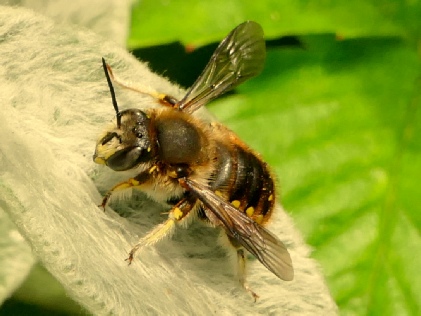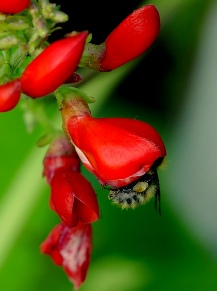This talks explains the different types of bees in Sussex:
Honey bees, Bumblebees, solitary bees and Cuckoo bees and their economic importance.
The life cycle of bumblebees is shown with animated diagrams plus identification of common species. Pictures of bumblebees, solitary bees and cuckoo bees are from my own wildlife garden and various nature reserves in Sussex and Surrey.
Bumblebees are of major economic importance and are under threat from disease and insecticides. Gardeners can play an important role in providing a bee-friendly habitat: chemical free and with wild areas for nesting sites.
It is shocking that fruit trees in China need to be hand pollinated as bumblebees there have been wiped out by insecticides.
The extraordinary lives of wild bees
and the important role of gardeners
in their survival.

Wild flower meadows in the UK have disappeared at an alarming rate since the second world war and bumblebee species have become extinct.
Yet there is hope.
We all can play a part to protect and improve habitats (our gardens) so that nature, especially bees, can thrive. Healthy bees means good pollination of my runner beans by Common Carder Bees.
Take heart and enjoy observations from a Sussex garden throughout the year.
Wool Carder Bee, Anthidium manicatum

